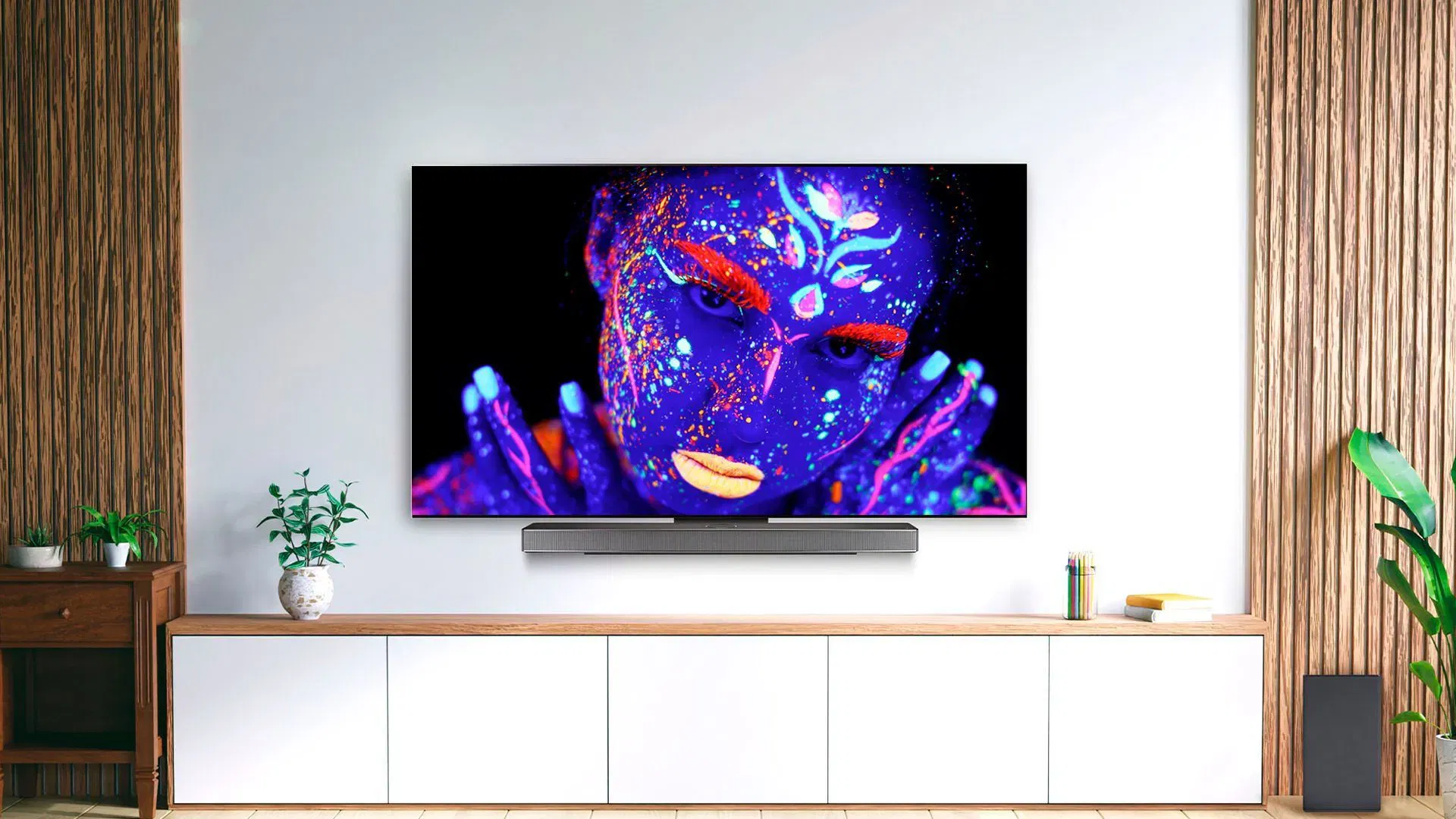The community debates whether the jump to a high frequency monitor is worth it for Xbox Series players.
More stories in the category News
- Holiday Gift in GTA Online: Free Christmas Hat and How to Get It
- Cronos: The New Dawn will add a new difficulty mode in 2026
- GTA 6 and its possible price: how much we could end up paying
| Don't miss anything and follow us on Google News! |
More and more players are wondering if it’s worth switching from a traditional TV to a PC monitor to get the most out of their console. The doubt is logical: today’s TVs offer HDR, large sizes, and 4K panels, while monitors stand out for their low latency and high refresh rates. But when it comes down to it, in practice, the difference depends a lot on the type of player, the hardware, and how the console is used.
Many Xbox Series users claim that, except in competitive games, the change is not always so evident. “If you have a modern TV with game mode enabled, you’ll barely notice the difference,” explained a player with a 6ms panel. Others, however, assure that a 120 or 200 Hz monitor completely transforms the experience, especially in shooters or action titles, where fluidity makes all the difference.
Frequency, latency, and distance: the factors that influence the most
The most notable difference between the two devices is in the input response (input lag). TVs process the image more and, without game mode, can exceed 40ms of delay. Monitors reduce that margin to less than 10ms, offering a sense of immediacy when moving the mouse or stick.
Next, we’ll provide a technical comparison between a modern gaming monitor and a current TV with game mode enabled, to better understand where the difference is really noticeable:
| Feature | Gaming Monitor (1080p / 144-240 Hz) | Modern TV (4K / 60-120 Hz) |
|---|---|---|
| Average latency (input lag) | 5 ms – 10 ms | 15 ms – 40 ms (game mode enabled) |
| Refresh rate | 144 Hz to 240 Hz | 60 Hz to 120 Hz (variable depending on model) |
| Common resolution | 1080p / 1440p | 4K UHD / 8K (in premium models) |
| VRR / ALLM compatibility | Yes, in most modern models | Yes, although it depends on the manufacturer and HDMI 2.1 |
| Real HDR | Limited (HDR400-HDR600) | Superior (HDR10 / Dolby Vision / HDR1000) |
| Screen size | 24″ to 32″ | 43″ to 77″ |
| Recommended use | Competitive games, shooters, eSports | Adventures, cooperative games, and home cinema |
OLED, HDR, and variable rates: the point of balance
Modern OLED TVs have greatly reduced the gap. Their response is so fast that it rivals many monitors, and with technologies like VRR (Variable Refresh Rate) or ALLM (Auto Low Latency Mode), the delay practically disappears. A 55″ OLED panel at 120 Hz offers a spectacular image with deep blacks and excellent contrast, although its price is still high.
On the other hand, monitors continue to be the most efficient option for competitive games. Their low delay and the possibility of reaching up to 240 Hz make them ideal for titles like Halo Infinite, Call of Duty, or Apex Legends. “At 60 FPS it seems like slow motion and at 30 FPS it’s like a slideshow,” joked one of the players.
Technical conclusion: which one to choose in the new generation?
- In practice, there is no universal answer. For most Xbox players, a good TV with game mode enabled will be more than enough, especially if they prioritize image quality and comfort. However, those seeking competitiveness, precision, or minimal reaction times will find in a monitor a tangible advantage, although not miraculous.
Sensitivity to latency depends on the level of skill: casual players barely notice it, while experienced players can feel every millisecond. In short, if you already have a modern TV, you don’t need to rush to change it; but if you play mainly competitive titles or use a keyboard and mouse, a high-frequency monitor can be the best step forward in the next generation.






